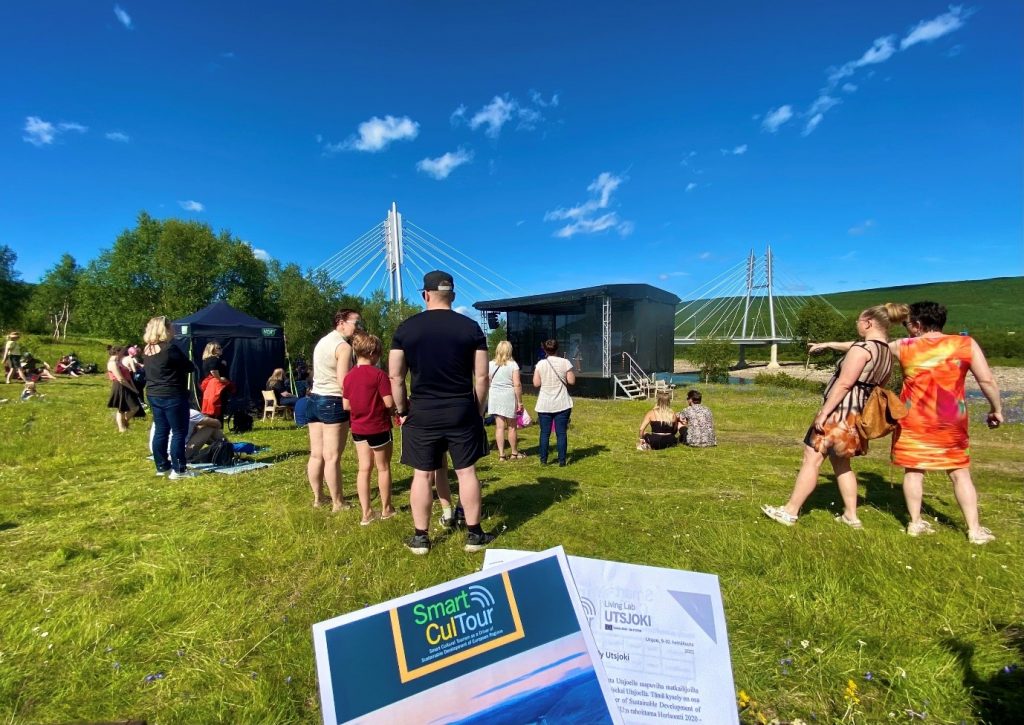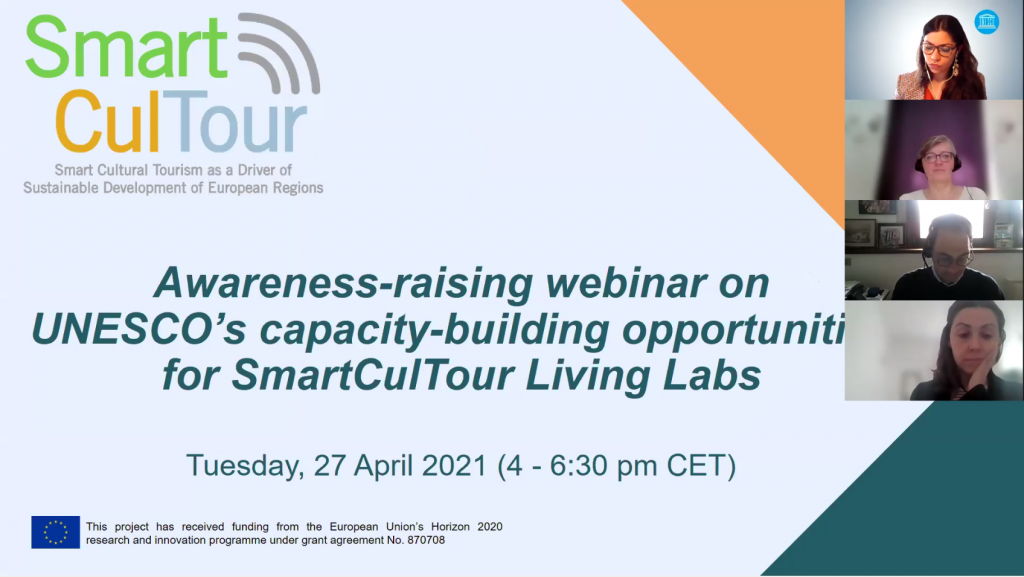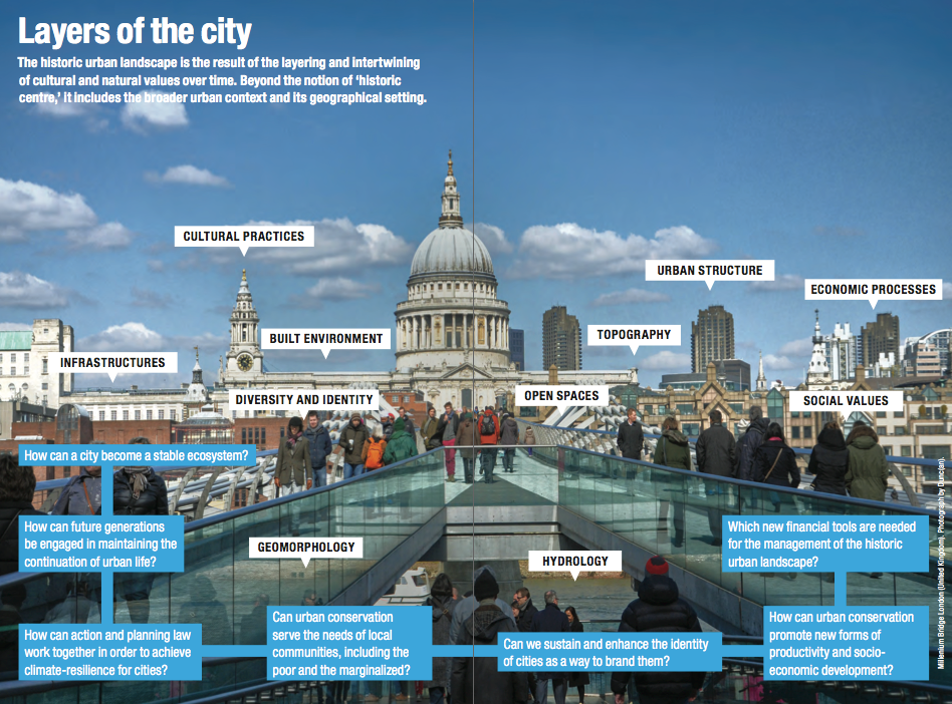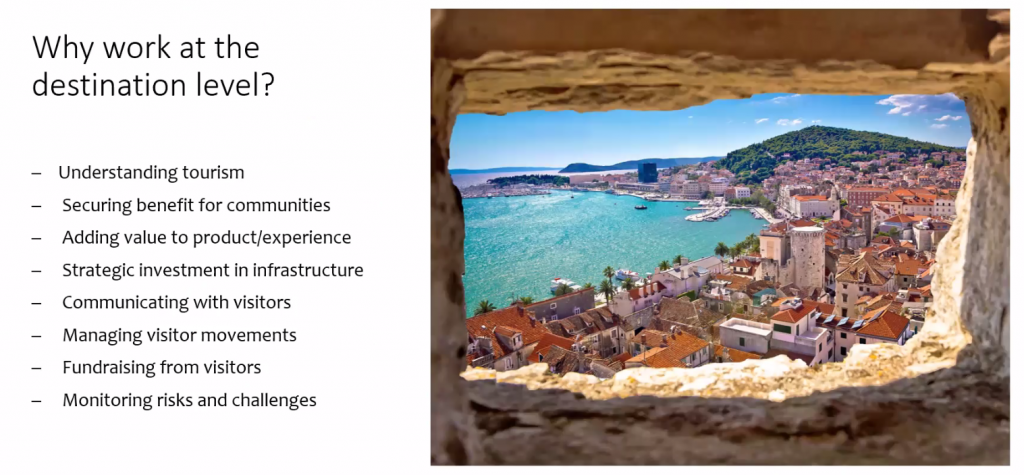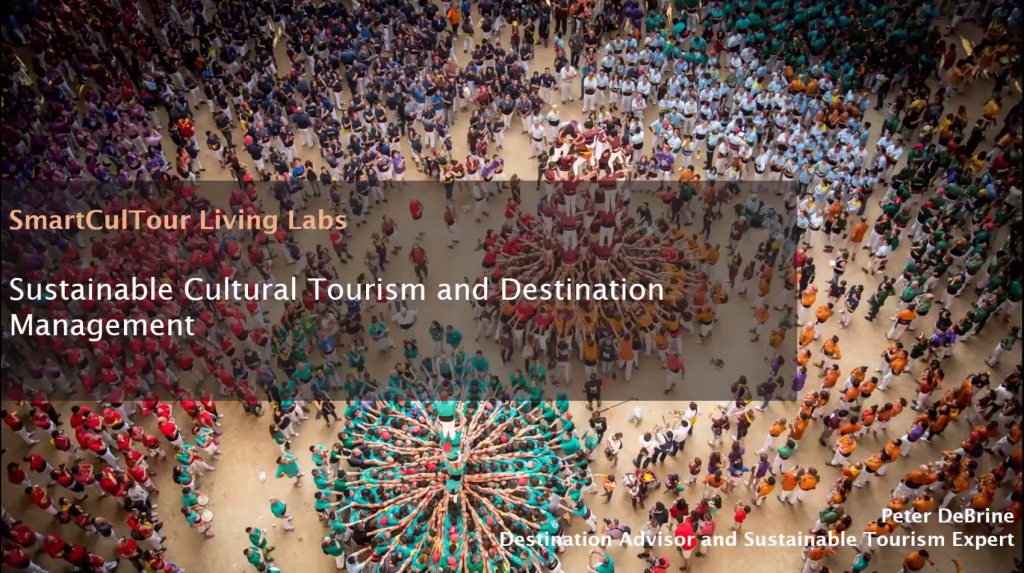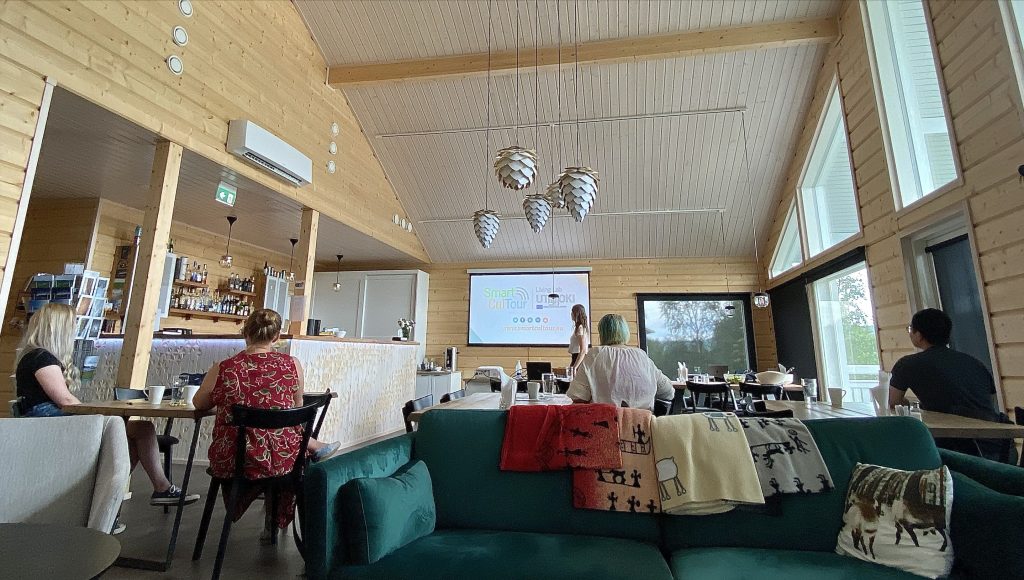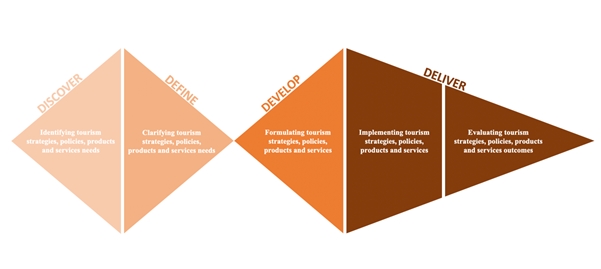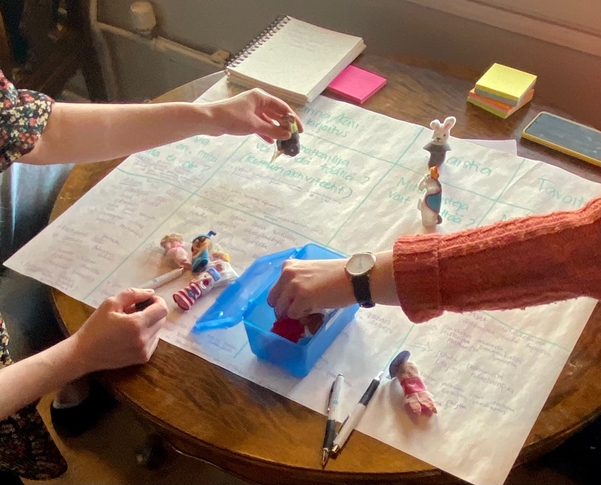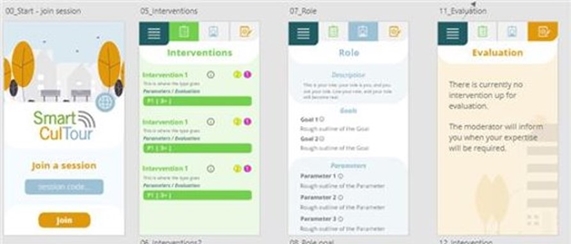Deliverable 7.1 – Set of service design and art-based methods for co-design and stakeholder work in cultural tourism
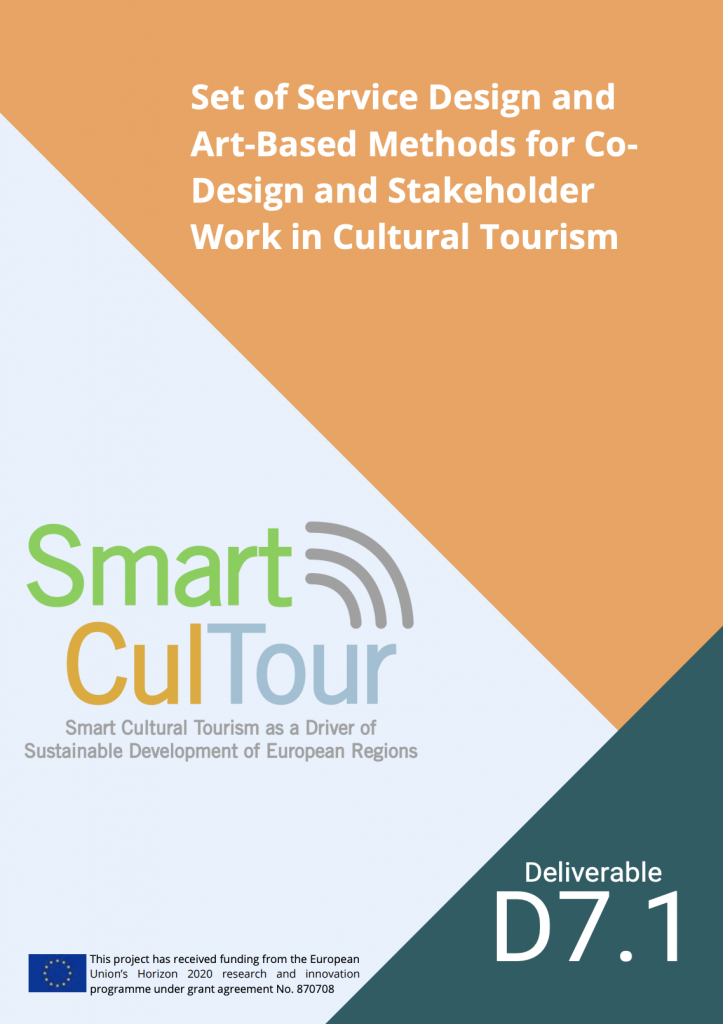
The SmartCulTour project seeks to support ‘regional development in European regions, with special attention to rural peripheries and the urban fringe, through sustainable cultural tourism’. This aim will be reached through several objectives, with an ultimate goal of improving inclusiveness and resilience for cultural tourism change in the European regions that possess tangible and intangible cultural assets, in particular rural regions and cities. In line with the fifth objective – ‘Develop innovative methods to support community-led cultural tourism initiatives’ and the sixth objective – ‘Local experimentation in Living Labs and construction of a Toolkit and Manual regarding the successful implementation of cultural tourism interventions’, Work Package 7 has been designed to engage with diverse stakeholders in the development of sustainable cultural tourism using participatory methodologies.
The first output of this work package (Deliverable 7.1) is a Manual, which is now available on the SmartCulTour website, that consists of a set of service design and art-based tools/methods for cultural tourism stakeholder consultation and engagement will be developed in collaboration with the Labs.
The Manual presented by D7.1 is one building block of a system of instruments within WP7, along with the SmartCulTour Game, the SmartCulTour Toolkit, and the Strategic Roadmap, which will be developed in the next stages under WP7, constantly evolving to keep pace with the Labs’ needs throughout the lifecycle of the SmartCulTour project. The Manual provides 12 service design and art-based tools/methods for co-design and stakeholder work in cultural tourism. The methods included in the Manual will be adopted and further developed in collaboration with the Labs, while the Manual itself can also serve as a valuable tool for the organisation and facilitation of community workshops in general.
Taking into consideration the impact of the COVID-19 pandemic, the Manual is designed to support the use of the tools/methods in both physical and virtual environments. Each method is described according to 12 topics: (1) Underlying idea of the techniques; (2) Situations in which the tool can best be used; (3) Expected output; (4) Guidelines for using the method; (5) Recommended settings in terms of facilitators, participants, and duration; (6) A link to a virtual template (where possible); (7) Materials needed for in-person use of the method; (8) Links with other tools/methods, either as input or as output; (9) Lessons learned from earlier applications of the method; (10) Suggested next steps to complete; (11) Inclusion guide for use of the tool with participants with disabilities; and (12) Reading references.
The Manual is intended to provide relevant stakeholders with a useful set of tools/methods to choose from when developing sustainable cultural tourism in diverse contexts. However, it is worth noting that the Manual is not a one-size-fits-all solution. Audiences are encouraged to adopt it proactively, adapt it creatively, and eventually make it fit to local specificities.


